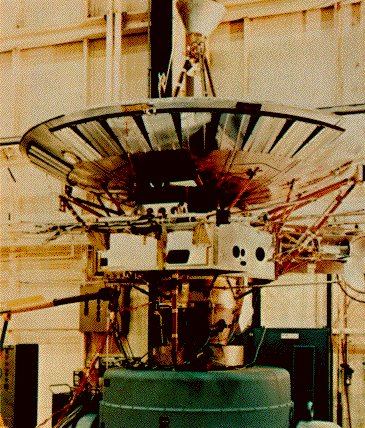
Saturn, the sixth planet from the Sun and the second-largest in our solar system, is often referred to as the "Jewel of the Solar System" due to its stunning ring system. This gas giant, composed primarily of hydrogen and helium, has captivated astronomers and stargazers alike for centuries. Saturn's unique characteristics, from its extensive ring system to its numerous moons, make it a subject of immense interest in the field of astronomy.
History and Mythology
Saturn has been known since ancient times due to its visibility to the naked eye. It is named after the Roman god of agriculture and time, Saturnus, who was equivalent to the Greek god Cronus, the father of Zeus. The planet's slow movement across the sky, taking nearly 30 years to complete an orbit, likely contributed to its association with time and cycles.
In various cultures, Saturn was seen as a symbol of melancholy and contemplation. Its association with time and age is reflected in astrology, where Saturn is often considered the ruler of limitations, discipline, and maturity.
Saturn's Rings
Saturn's Rings are one of the most iconic features of the solar system. Discovered by Galileo in 1610 through a rudimentary telescope, the rings were later recognized as separate structures by Christiaan Huygens in 1655. They are made up of countless small particles ranging in size from microscopic dust grains to large boulders, primarily composed of water ice with traces of rocky material.

The rings are divided into several main sections, labeled alphabetically in the order they were discovered: D, C, B, A, F, G, and E rings. The B and A rings are the most prominent and contain the majority of the material. The Cassini Division is a large gap between the A and B rings, caused by the gravitational influence of Saturn's moon Mimas.
These rings are incredibly thin relative to their width, measuring only about 30 feet (10 meters) thick but extending over 175,000 miles (282,000 kilometers) in diameter. The particles in the rings are kept in place by the complex interplay of Saturn's gravity and that of its moons, some of which act as "shepherd moons," guiding the ring material.
While the exact origin of Saturn's rings remains debated, prevailing theories suggest they could be remnants of a moon or comet that was torn apart by Saturn's gravity or leftover material from the planet's formation. Data from spacecraft like Cassini has greatly enhanced our understanding of these structures, revealing intricate details such as ringlets, wave patterns, and even interactions between the rings and Saturn's atmosphere.
Saturn's rings are gradually losing material due to the planet's gravity pulling particles into its atmosphere. It's estimated that the rings may only last another 100 to 300 million years before they disappear, making them a temporary yet magnificent feature in the history of the solar system.
Moons of Saturn
Saturn boasts a fascinating collection of moons, with 146 confirmed and 127 named as of 2024. The largest of these is Titan, a moon larger than the planet Mercury, which has a thick atmosphere and liquid methane lakes, making it one of the most Earth-like bodies in the solar system. Other notable moons include Enceladus, which harbors a subsurface ocean and geysers that spew water vapor and organic molecules into space, and Iapetus, known for its striking two-tone coloration.

Each of Saturn's moons has its own unique features and characteristics, contributing to the planet's status as a miniature solar system. These moons play a significant role in the dynamics of Saturn's rings and have been the focus of intense scientific study.
Statistics
- Orbital Distance from Sun: Approximately 1.43 billion kilometers (890 million miles)
- Orbital Period: About 29.5 Earth years
- Diameter: 120,536 kilometers (74,898 miles)
- Mass: 5.683 × 10^26 kg (95 times the mass of Earth)
- Gravity: 10.44 m/s² (1.065 times Earth's gravity)
- Atmospheric Composition: Predominantly hydrogen and helium, with trace amounts of methane, ammonia, and water vapor
- Average Temperature: -178°C (-288°F)
Probes That Have Visited Saturn
Pioneer 11 (1979)
Voyager 1 and Voyager 2 (1980-1981)
Cassini-Huygens (2004-2017)
Fun Facts
- Saturn is the least dense of all the planets in the solar system; it would float in water if there were a bathtub large enough to hold it.
- A day on Saturn is only about 10.7 hours long, but its year is equivalent to nearly 30 Earth years.
- Saturn's rings are made up of billions of particles ranging in size from tiny grains of ice to boulders as large as mountains.
- The rings are incredibly thin, with a thickness of about 10 meters (30 feet), despite spanning over 282,000 kilometers (175,000 miles) in diameter.



